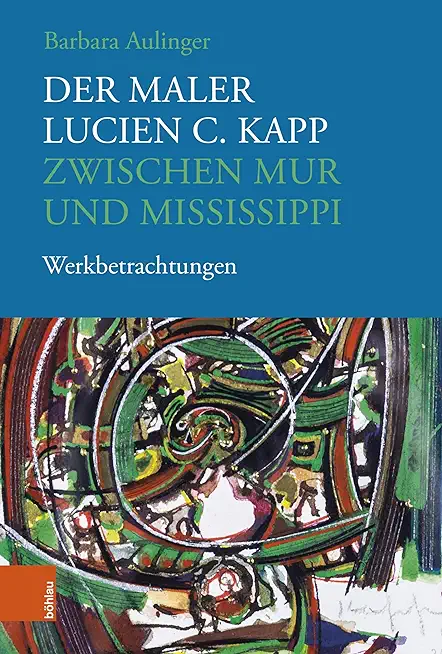
description
7Scant records remain of the ancient Celtic religion, beyond some 11th- and 12th-century written material from the Irish Celts and the great Welsh document Mabinongion. This classic study by a distinguished scholar, first published in 1911, builds not only upon the valuable hints supplied by the surviving texts but also upon the still-extant folk customs derived from the rituals of the old cults. A masterly and extremely readable survey, it offers a reconstruction of the essentials of Celtic paganism. The Celt is portrayed as a seeker after God who links himself by strong ties to the unseen, eagerly attempting to conquer the unknown by religious rite and magic art. The earliest aspect of Celtic religion lies in the culture of nature spirits and of life manifested in nature, and this book offers fascinating glimpses into primitive forms of worship, depicting Celtic rites centered on rivers and wells, trees and plants, and animals. The Druids maintained an optimistic view of the afterlife, and the author presents the subject from the comparative point of view, drawing upon evidence from Celtic burial mounds to elaborate upon ancient beliefs and customs related to the culture of the dead, including rites of rebirth and transmigration.
member goods
No member items were found under this heading.
listens & views
Return Policy
All sales are final
Shipping
No special shipping considerations available.
Shipping fees determined at checkout.







